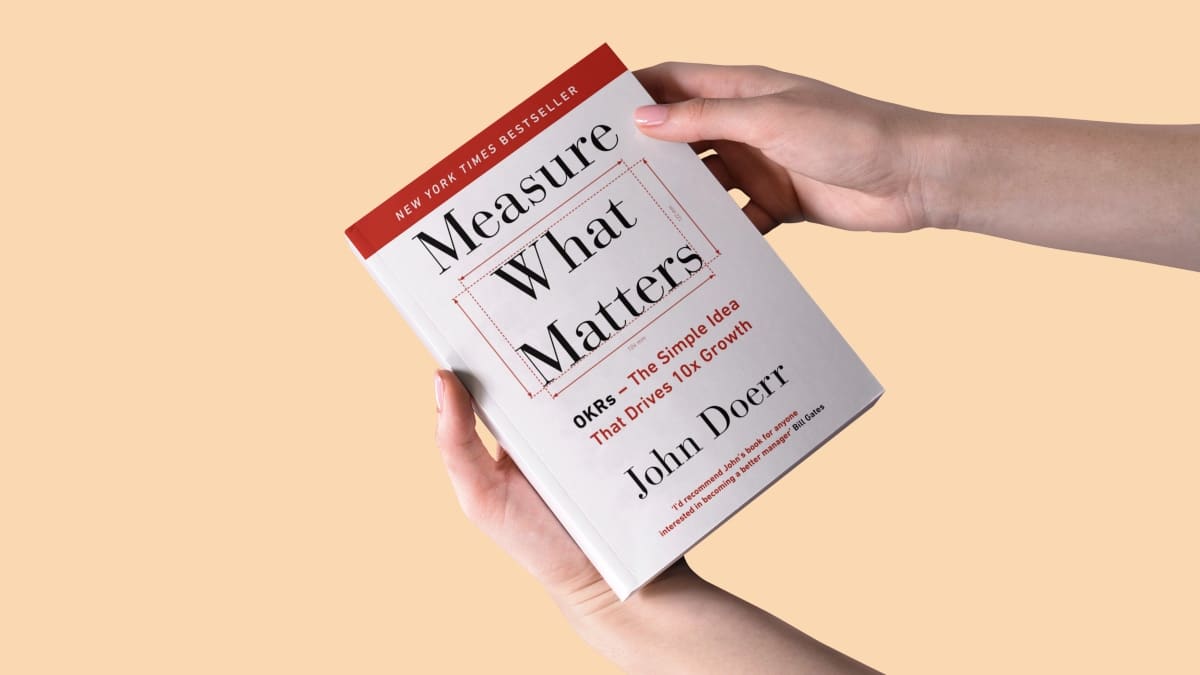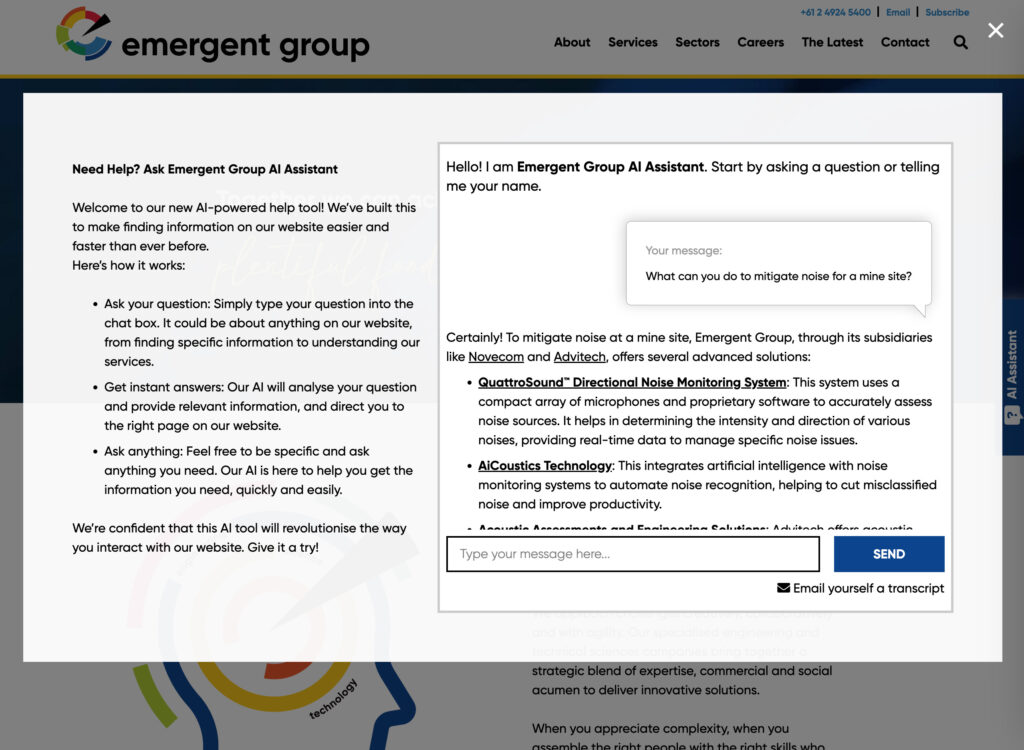Do you want to learn from the best?
That is what the author of Measure What Matters did. John Doerr is a legendary investor and venture capitalist in Silicon Valley and was present during the major moments in the growth of legendary companies such as Intel & Google. Indeed Measure What Matters is a homage to Andy Grove, founder of Intel from whom the subject of the book, Objectives & Key Results (OKRs), was born. The book gives us an OKR introduction, insight and direction in terms of what they are, what they do, and how to implement them.
OKRs look simply on the surface, with no further complication underneath. The power is in the process and implementation. The method set out in the book is clear, demonstrated clearly with stories and examples of their implementation in recognisable companies and sporting teams.
The story of the development of OKRs is interesting in its own right if you are interested in the history of Silicon Valley competition and the origin and growth of companies such as Google. It is the story of how Intel strategised to “crush” their competition in microprocessors, namely Motorola, in the 1980s. Doerr was a witness and pupil and later introduced the concept to Sergey Brinn and Larry Page, the founders of Google. From there it has spread to the likes of LinkedIn, Disney, Spotify, and even U2.
Doerr presents the power eluded to earlier as 4 “Superpowers” that the OKR process possesses:
1. Focus and Commit to Priorities means limiting your team to 3-5 objectives at a time. This allows you to work toward what matters at the time for your organisation.
2. Align and Connect means to ensure both top-down and bottom-up approaches agree so all staff can coordinate their goals together.
3. Track for Accountability means the continuous review of performance and a suggested method of scoring is offered as used by Google.
4. Stretch for Amazing means that some OKRs need to be particularly challenging. Google, for example, distinguishes between committed and aspirational objectives.
Each “Superpower” section serves to clarify how to develop OKRs and take advantage of their power, and how they have been used for success in the corporate world.
OKRs & their processes are simple:
- Objectives are what you want to achieve as a company, team, or individual.
- Underneath each objective are the key results that mark progress toward the objective. It recommends setting only 3-5 objectives with only 3-5 key results towards it.
- Decide on the length of your OKR cycle (e.g. quarterly is recommended).
- Use a cloud-based management system for your team.
- Ensure the whole team is engaged and committed.
- Add an aspirational objective.
- Review regularly as a team at the end of each cycle.
- Score and reflect, highlight learnings, and implement any learnings in the next cycle.
- Start the next cycle.
In addition to OKRs, Measure What Matters devotes the second half of the book to a performance management system called CFRs. CFRs are the tools of Conversations between employees and managers, Feedback in all directions, and Recognition from all directions toward each other of our contributions toward objectives. This is an important second half of the book because while OKRs can energise a workplace, CFRs are required to sustain and grow it.
Measure What Matters also reads as a tribute to some of the most influential leaders of the business world, particularly in silicon valley. While reading the book it is hard not to feel as though we have been gifted a privileged insight and inspired to get started on our own OKR journey and learn more from this cohort of specialists.
Overall thoughts…
The opportunity to learn from the best is the genesis of Measure What Matters and the book presents the same opportunity to the reader. We learn what OKRs are and how they have worked for the most successful companies, not-for-profit organisations, teams, and rock bands in the world. The author leaves us as managers with an implementation guide and resources to help us use the system in our own business or organisation. OKRs promise to be effective because it is a continuous process that becomes a performance cycle. They can be tracked and with transparency can lead to company and employee high-performance.




